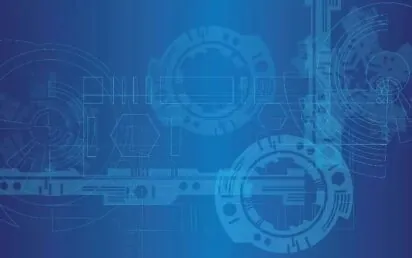For packaging buyers under pressure to do more with less, digital print has moved from curiosity to capability. In flexible and rigid plastics, it is reshaping how brands launch products, run promotions and manage inventory, while tightening the loop on waste and carbon. The economics are changing quickly: research firm Smithers values the global digitally printed packaging and labels market at $22 billion in 2025, about 4.1% of all printed packaging, and forecasts it to climb to $36.9 billion by 2030 as share rises to 5.8%. That trajectory reflects a structural shift rather than a post-pandemic blip.
Speed is the first win. Digital workflows compress the path from artwork to pack by removing plates and lengthy make-readies. When Mars applied digital package modelling and digitally enabled processes across development, it reported potential cuts of up to 40% in development time and a tangible reduction of 246 tons of plastics purchased for testing in early 2024. Packaging teams don’t need to wait for tooling or minimum runs to validate a concept; they can iterate in days, not months, and still go to press on commercial-grade substrates.
That agility unlocks a second advantage: market responsiveness at realistic unit costs. Traditional print techniques excel at very long runs, but they penalize variability. Digital print flips that equation, enabling short and mid-runs that are versioned by flavour, region, retailer or language, all within a single consolidated job. Studies and LCAs from HP Indigo’s ecosystem, while produced by a vendor, have repeatedly shown that eliminating plates and associated chemistry reduces start-up waste and inventory obsolescence, especially when buyers would otherwise over-order to hit price breaks. The sustainability benefit is straightforward: fewer redundant packs produced, fewer pallets written off when a recipe, claim or regulation changes.
The third advantage is data-driven personalization. Serialization and dynamic QR codes printed digitally on plastic film or rigid containers help bridge physical goods with digital services, from loyalty to product authentication. For fast-moving consumer goods, that can mean limited editions tied to cultural moments or retailer-exclusive SKUs without a packaging warehouse full of ageing stock. Crucially, this sits alongside a broader packaging print expansion: Smithers expects total packaging print to grow at around 3.6% CAGR, with labels and flexible packaging central to the industry’s strategic future. Digital is capturing the segments where variability and velocity matter most.
Environmental performance is increasingly a board-level KPI, and here digital print’s contribution is pragmatic. The UK’s household recycling rate was provisionally 44.6% in 2023, with policy and producer responsibility tightening. Brands cannot afford to compound the problem with obsolete or misprinted packaging. Digital reduces set-up scrap and enables right-sized orders so that fewer rolls or lids end up as waste. Meanwhile, the UK Plastics Pact reports that 96% of rigid plastic packaging placed on the market is now technically recyclable at a quality supporting higher value recycled, designing for that stream while minimising production waste is where digital slots neatly into a circular packaging toolkit.
Conversion quality has historically been the objection on flexible plastics, but that barrier has largely fallen. Modern inkjet and electrophotographic systems deliver brand-grade colour, food-contact compliant workflows and robust adhesion on the common polyolefin and polyester structures used in pouches, sachets and lidding films. Converters are also broadening their service mix around digital printing on flexible packaging, pairing short-run print with lamination and slitting to hand brands press-ready reels or finished packs without the overhead of conventional set-ups.
Cost, of course, still matters. Per-unit prices on very long runs can favour analogue, but the total cost of ownership is changing as consumables pricing falls and press speeds rise. Strategy consultancies tracking the sector have pointed to declining variable costs for digital systems and the ability to redeploy working capital from slow-moving inventory into growth. In a high-SKU, high-volatility world think seasonal confectionery, fast-cycle nutraceuticals or D2C challenger brands—the avoided write-offs and the marketing upside often outweigh nominal unit-price differentials.
A final advantage is regulatory resilience. From HFSS labelling to recyclability marks and deposit-return schemes, compliance copy is a moving target. Digital lets brands update on-pack information precisely when rules change by geography, without scrapping a warehouse full of pre-printed films. That matters as retailers and governments scrutinise packaging footprints: reports last year highlighted how much unnecessary plastic still flows through UK grocery aisles, and while substitution to paper or refill is part of the answer, smarter, leaner print runs remain a near-term lever for reduction.
None of this suggests analogue is going away; gravure and flexo remain essential for billion-unit staples. But where speed, variability and sustainability intersect—new product development, market tests, promotional bursts, multilingual SKUs, digital print on plastic packaging has become the sensible default. The market data supports that view, the case studies give it operational teeth, and policy pressure adds urgency. For CTOs and CMOs looking for levers they can pull this quarter, shifting a portion of plastic packaging to digital isn’t a leap of faith. It’s an evidence-based hedge against volatility that keeps brands competitive while cutting waste.


